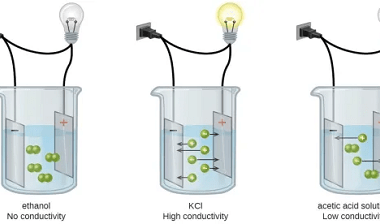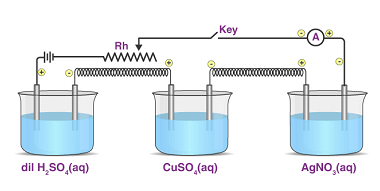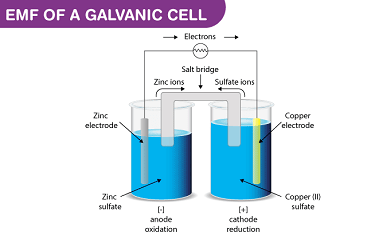Rate constant
The rate constant, also known as the reaction rate constant, is a proportionality constant that relates the rate of a chemical reaction to the concentrations of the reactants. It is typically denoted by the symbol k and has units of inverse time (e.g., s^-1, min^-1, etc.). The value of the rate constant depends on a…









